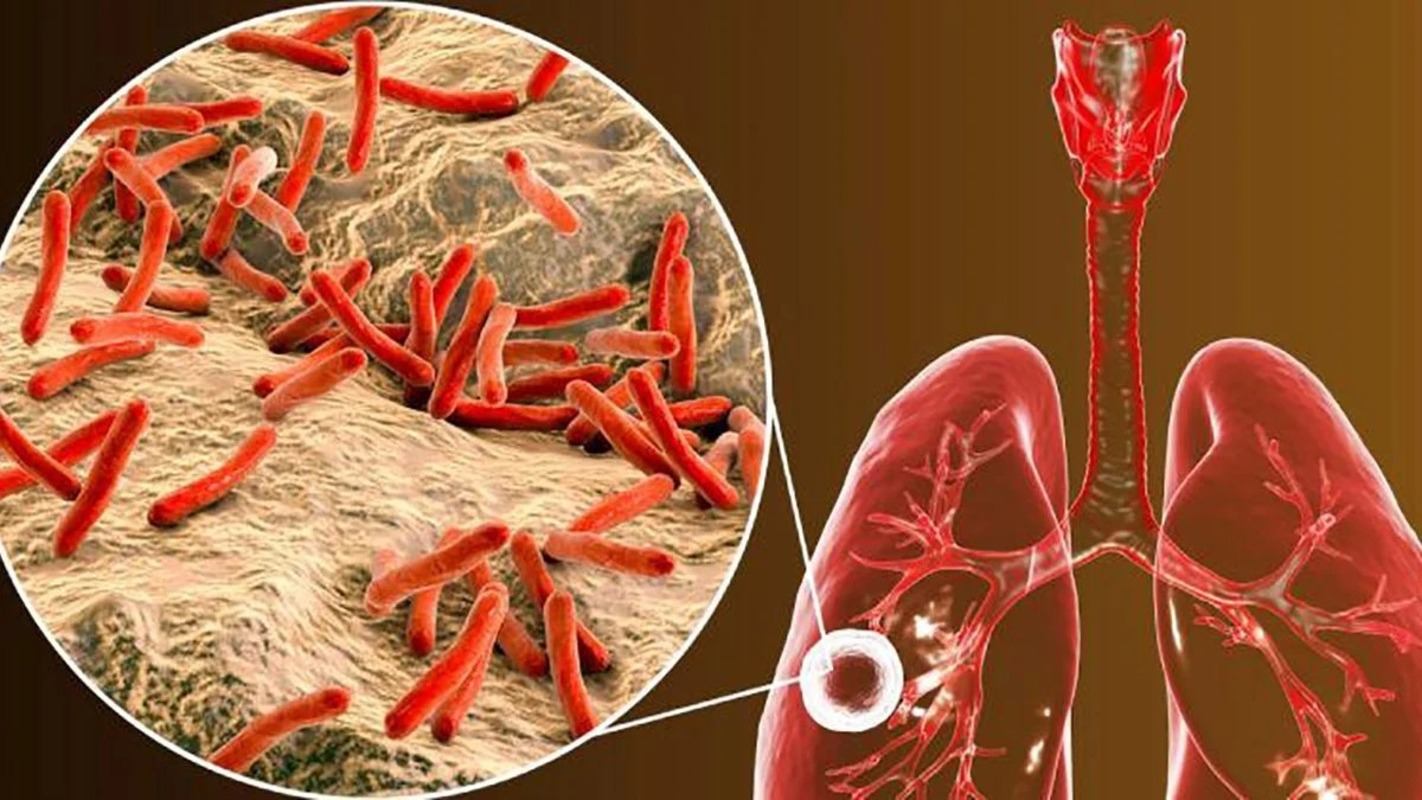March 24: World Tuberculosis Day – Why This Preventable Disease Remains a Deadly Threat
Every March 24, the world commemorates World Tuberculosis Day, a date that highlights the ongoing global threat posed by tuberculosis (TB). Despite being both preventable and curable, TB continues to claim millions of lives and devastate entire communities.
A Troubling Overview
According to the 2024 Global Tuberculosis Report by the World Health Organization (WHO), there were approximately 10.8 million new TB cases in 2023, with an incidence rate of 134 per 100,000 people. While this reflects a slight stabilization compared to previous years, TB remains the deadliest infectious disease, causing 1.25 million deaths in 2023 alone.
Geographic Distribution and Most Affected Countries
TB does not affect all regions equally. A staggering 80% of cases are concentrated in just eight countries: India, Indonesia, China, the Philippines, Pakistan, Nigeria, Bangladesh, and the Democratic Republic of the Congo. These nations face major challenges such as high population density, weakened healthcare systems, and socioeconomic conditions that facilitate the spread of the disease.
Causes and Transmission
TB is caused by the bacterium Mycobacterium tuberculosis, which primarily affects the lungs. It spreads through the air when an infected person coughs, sneezes, or talks, releasing tiny droplets that carry the bacteria. Malnutrition, overcrowded living conditions, and weakened immune systems increase susceptibility to the disease.
Available Treatments and Current Challenges
The standard treatment for TB consists of a combination of antibiotics over at least six months. However, treatment adherence is critical—interruptions can lead to drug-resistant TB strains. In 2023, there were an estimated 450,000 cases of multidrug-resistant TB globally, complicating treatment and increasing the risk of death.
Factors Fueling TB’s Spread
- Weakened healthcare systems limit diagnosis and treatment capabilities.
- Poverty and malnutrition heighten vulnerability and reduce access to care.
- HIV coinfection weakens the immune system, increasing the risk of active TB.
- Drug resistance due to improper antibiotic use undermines treatment success.
- Disruption of services during COVID-19 reversed years of TB control progress.
- Human mobility and conflict, such as the war in Ukraine, have led to rising cases in some regions.
- Social and economic determinants like poor housing and limited education foster transmission.
Conclusion
World Tuberculosis Day is a powerful reminder that, despite medical advances, TB remains a deadly global threat. Strengthening healthcare systems, investing in new treatments and vaccines, and addressing the social determinants of health are crucial. Only through global commitment and coordinated action can we hope to eradicate TB and save millions of lives.
Sources: PAHO, Reuters

LEAVE A COMMENT: